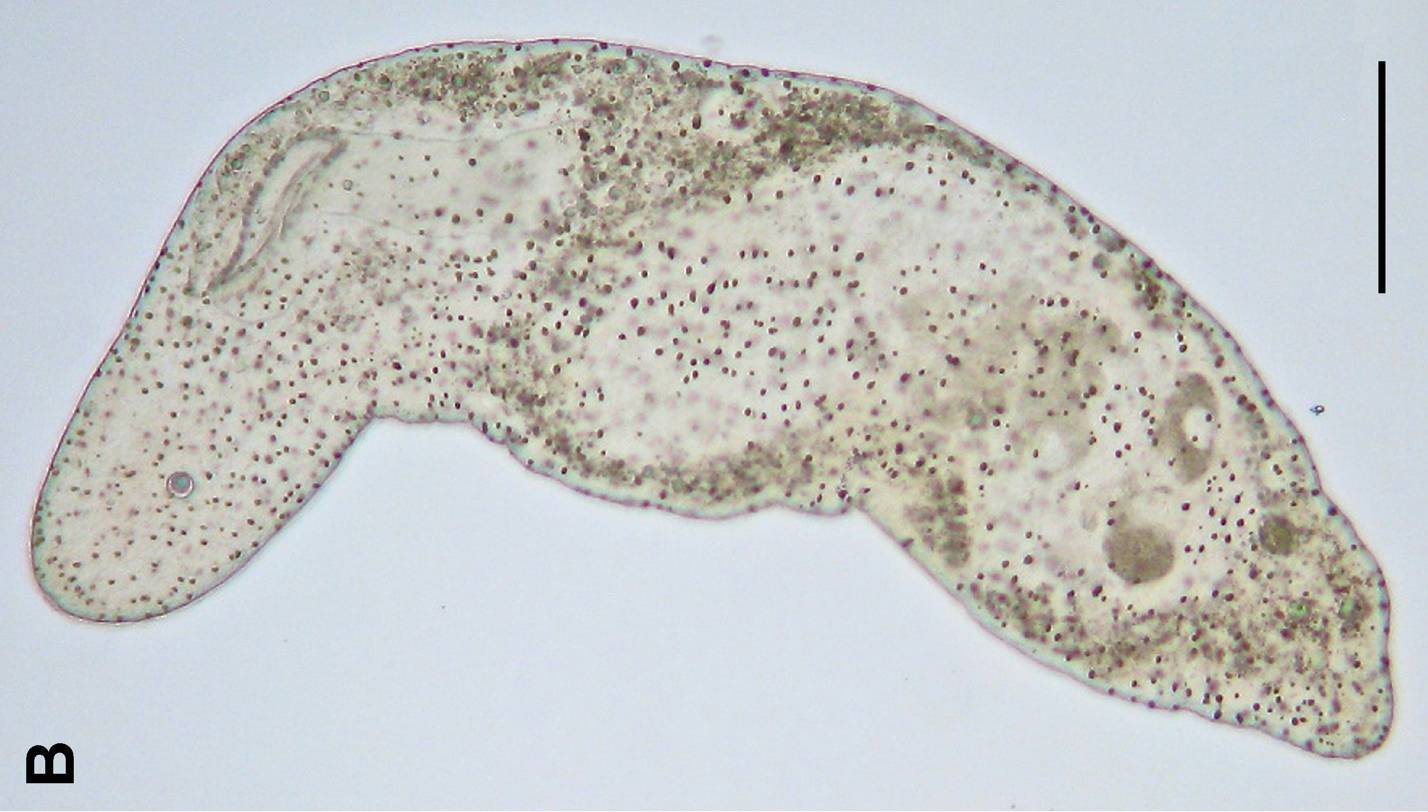|
Labidiaster
''Labidiaster'' is a genus of echinoderms belonging to the family Heliasteridae. The species of this genus are found in the coasts of Antarctica and southernmost South America. Species Two species are recognized: *''Labidiaster annulatus ''Labidiaster annulatus'', the Antarctic sun starfish or wolftrap starfish is a species of starfish in the family Heliasteridae. It is found in the cold waters around Antarctica and has a large number of slender, flexible rays. Description '' ...'' *'' Labidiaster radiosus'' References Heliasteridae Asteroidea genera {{asteroidea-stub ... [...More Info...] [...Related Items...] OR: [Wikipedia] [Google] [Baidu] |
Labidiaster Annulatus
''Labidiaster annulatus'', the Antarctic sun starfish or wolftrap starfish is a species of starfish in the family Heliasteridae. It is found in the cold waters around Antarctica and has a large number of slender, flexible rays. Description ''Labidiaster annulatus'' has a wide central disc and 40 to 45 long narrow rays and can reach a diameter of . The disc is slightly inflated and is raised above the base of the rays. The madreporite is large and near the edge of the disc. The aboral or upper surface is covered in a meshed network of small slightly overlapping plates. These are covered by a membrane with numerous raised projections called papulae, some small spines and a few large triangular pedicellariae, wrench-like organs that can grasp objects. The rays are crowded together where they join the disc and their aboral surface is similarly clad in overlapping scales in a quadrangular mesh pattern. There are also short spines and many papulae and a number of small pedicellari ... [...More Info...] [...Related Items...] OR: [Wikipedia] [Google] [Baidu] |
Labidiaster Radiosus
''Labidiaster radiosus'', the fragile sticky ray star, is a large species of starfish in the family Heliasteridae and was first described by Lütken in 1871. It is found in the waters of southern South America to Sub-Antarctica and the Antarctic Peninsula. Description ''Labidiaster radiosus'' is a large starfish that can reach up to across, its color is variable in life, ranging from red-orange to purple and white. It has a round abdomen with 20-40 arms, often has a pattern of concentric circles radiating out on arms. Labidiaster radiosus may be confused with Labidiaster annulatus ''Labidiaster annulatus'', the Antarctic sun starfish or wolftrap starfish is a species of starfish in the family Heliasteridae. It is found in the cold waters around Antarctica and has a large number of slender, flexible rays. Description '' ... and the two have even been considered to be the same species. However, they can be distinguished by closely examining the pedicellaria in the centra ... [...More Info...] [...Related Items...] OR: [Wikipedia] [Google] [Baidu] |
Heliasteridae
The Heliasteridae are a family of Asteroidea (sea stars) in the order Forcipulatida. It includes two genera: ''Heliaster'' from the East Pacific (California to Chile, including offshore islands), and ''Labidiaster'' from southernmost South America, Antarctica and subantarctic oceans. Genera The World Register of Marine Species includes two genera and seven species within the family Heliasteridae: *''Heliaster'' Gray, 1840'' **''Heliaster canopus'' Perrier, 1875 **''Heliaster cumingi'' (Gray, 1840) **''Heliaster helianthus'' (Lamarck, 1816) **''Heliaster kubiniji'' Xantus, 1860 **''Heliaster microbrachius'' Xantus, 1860 **''Heliaster polybrachius'' H.L. Clark, 1907 **''Heliaster solaris'' A.H. Clark, 1920 *''Labidiaster'' Lütken, 1872'' **''Labidiaster annulatus'' Sladen, 1889 **''Labidiaster radiosus ''Labidiaster radiosus'', the fragile sticky ray star, is a large species of starfish in the family Heliasteridae and was first described by Lütken in 1871. It is found in the w ... [...More Info...] [...Related Items...] OR: [Wikipedia] [Google] [Baidu] |
Echinoderm
An echinoderm () is any member of the phylum Echinodermata (). The adults are recognisable by their (usually five-point) radial symmetry, and include starfish, brittle stars, sea urchins, sand dollars, and sea cucumbers, as well as the sea lilies or "stone lilies". Adult echinoderms are found on the sea bed at every ocean depth, from the intertidal zone to the abyssal zone. The phylum contains about 7,000 living species, making it the second-largest grouping of deuterostomes, after the chordates. Echinoderms are the largest entirely marine phylum. The first definitive echinoderms appeared near the start of the Cambrian. The echinoderms are important both ecologically and geologically. Ecologically, there are few other groupings so abundant in the biotic desert of the deep sea, as well as shallower oceans. Most echinoderms are able to reproduce asexually and regenerate tissue, organs, and limbs; in some cases, they can undergo complete regeneration from a single limb. ... [...More Info...] [...Related Items...] OR: [Wikipedia] [Google] [Baidu] |

